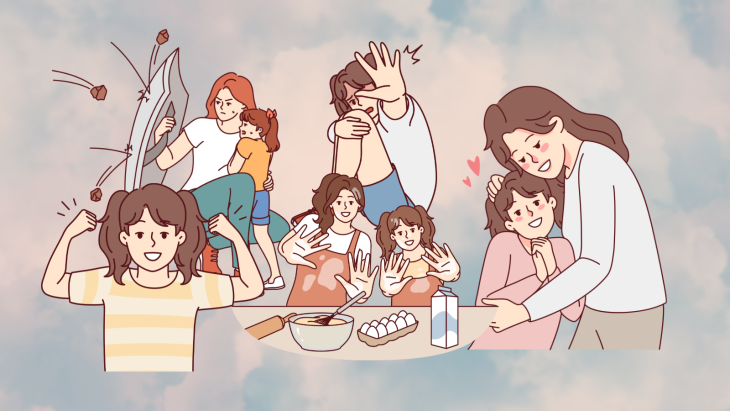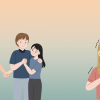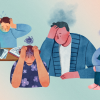Recent Posts
- The Anxious Generation. What is causing Gen Z's mental health crisis?
- Do you have to play games to make relationships work?
- Can a Therapist Find love? The Dating Life of a Therapist.
- Can a Therapist Benefit from Therapy?
- My kid's schedule is fully packed with after-school activities everyday. How much is too much?
Most Popular
As a parent, how can I protect my kids while still allowing them to make their own mistakes?

Parents witness the important milestones in their children’s lives- from learning to sit, walk and say their first words to eventually making their own choices about themselves.
Out of love and support, parents want to be there in both life’s ups and downs, including when children are in the stage of establishing their identity and independence.
So how do parents then balance being nurturing and protective and being supportive of their children’s quest to learn from mistakes in order to become confident and capable adults?
Challenges and failures that lead to the development of life skills
Emotional and social skills are most effectively learned through a variety of life experiences. When parents create these opportunities for children to struggle, fail, and learn, children become more skilled.
As children grow up, the parents’ roles and responsibilities also change. They are there to support and guide, manage the risks or danger, but they allow children to learn for themselves.
In effect, children become resilient, they build healthy coping skills, and they experience more fulfillment.
Strategies to balance protecting children while allowing them room to grow through mistakes
- Promote self-confidence to build resilience.
It’s tough to let go of parental control, but in order for children to be resilient later on in life, they need to build up their confidence in their capabilities. One way to develop this is through participation in play or sports. The risk for danger is minimized, but children are also pushed to grow their competence. As they take more risks, they can rise to challenges, and get a sense of their own strengths. It is also a parent's way of saying, “I believe in you!” which is empowering!
- Work on increasing their knowledge, so they have wisdom to make choices that benefit them.
Parents won’t always be there, so increasing the child’s know-hows also functions to keep them safe, especially from making decisions that could be potentially harmful to them.
One essential skill to teach children is to identify risks and how to respond to them. Parents can teach age-appropriate knowledge and behaviors too, such as getting on a vehicle with a stranger, what information to post online and what not to share, who to ask for help from in case parents are not around, and rules about children’s bodies.
- Create a safe environment for learning at home.
Some children might continue asking for help or expecting your help for things that you might think are already within their capacity to do. So at home, offering to do the task with them instead of for them might be the first step of promoting learning. They might not do the task perfectly, but they can learn from it in a safe space.
Next, encouraging them to do the taks by themselves first, and offering your help if they need it afterwards can work as they grow older.
Another challenging thing for parents is knowing when to share wisdom through advice and when to choose silence and to allow the child to figure things out. This is particularly hard to do when you think they are using different steps or a different process from what you expect them to do. But as long as they are not putting themselves in danger, and the consequences are not serious and long-lasting, parents should allow their children to discover their mistakes and figure out solutions.
These strategies are possible for parents to apply as they also continue to build trust and an environment where children are not judged, but are accepted and cherished as they learn from their mistakes. So have the difficult conversations and talk about the nitty-gritty of decision-making, and enjoy raising your children to be responsible and happy adults!
Connect with premier healthcare & mental health opportunities across the US and land a fulfilling healthcare job that fits your life and career goals!








Comments